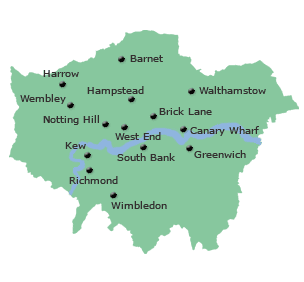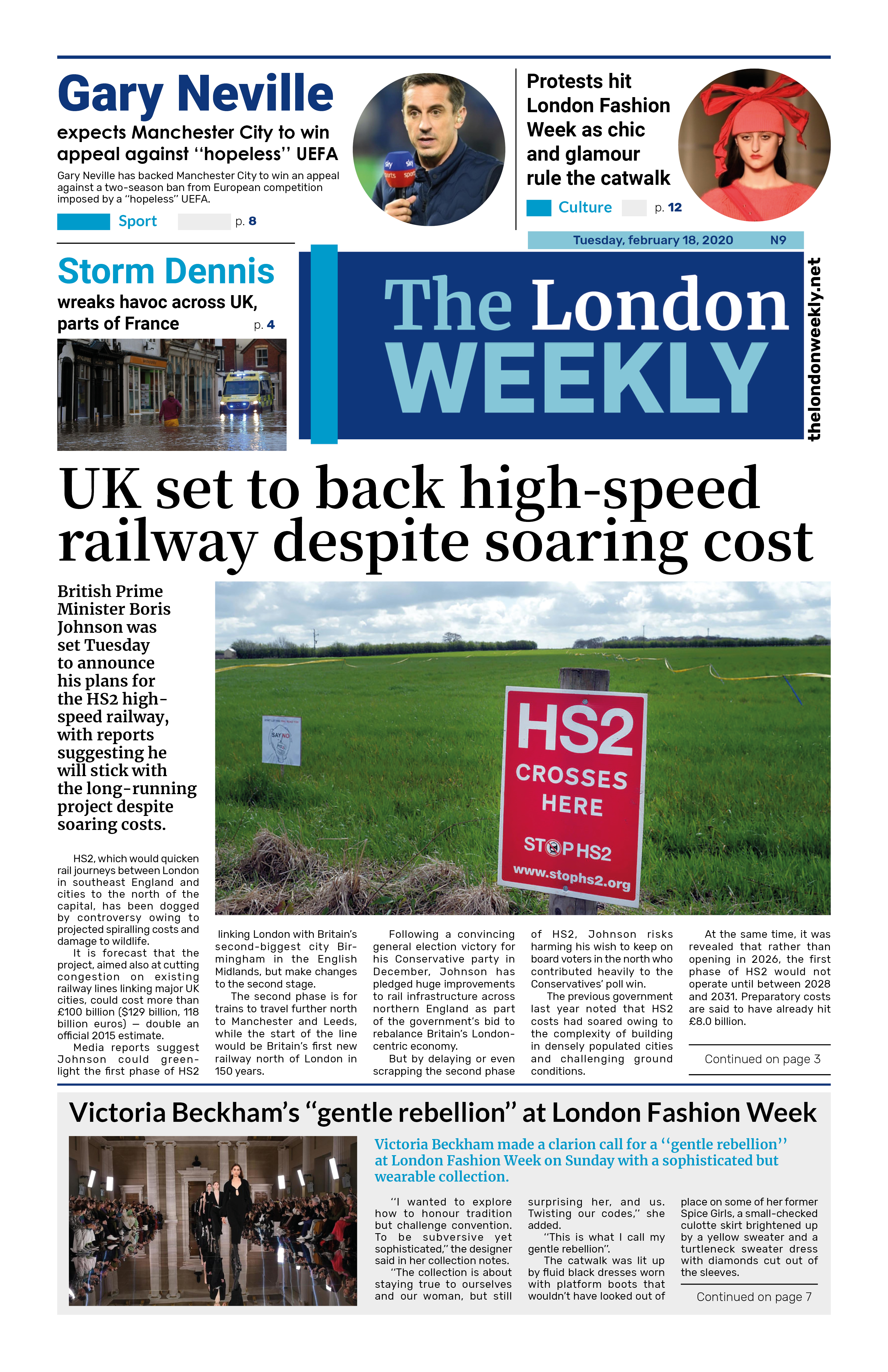
The average price of a UK home rose by just over £1,000 this month, as the property market shows tentative signs of stability but little sign of a traditional autumn surge.
According to data from property portal Rightmove, asking prices climbed 0.3% in October, an increase of £1,165, bringing the national average to £371,422.
While that marks a slight improvement, it’s still well below the typical October rise of 1.1% seen over the past decade. The figures suggest sellers have limited room to push up prices in a market still shaped by caution and affordability pressures.
Regional divide widens
Nationally, average asking prices are down 0.1% year-on-year, but the picture varies sharply across the UK.
London and the South of England continue to lag behind, hit by high stamp duty, softer demand from overseas buyers, and a general “wait-and-see” attitude ahead of next month’s budget. Prices in the capital have slipped 1.4% over the past year, with all four southern regions posting annual declines.
By contrast, Wales, Scotland, and the Midlands have each recorded growth of at least 1%, helped by more affordable homes and steady local demand.
Rightmove said the impact of higher stamp duty charges, introduced in April, is still being felt—particularly in the south, where more expensive homes dominate the market and competition among sellers remains fierce.
Sellers face more competition
The property site said that in today’s market, strategy matters as much as pricing. Homes that attract an enquiry on the first day of listing are 22% more likely to sell than those that don’t receive interest in the first two weeks.
“There’s resilience in the 2025 market,” said Colleen Babcock, property expert at Rightmove. “But we haven’t seen the usual autumn bounce in prices. Buyers now have the biggest choice of homes in a decade, so serious sellers are having to adjust their expectations.”
Babcock added that speculation around the upcoming autumn budget—including possible tax changes affecting higher-end properties—is prompting many potential movers, especially in the south, to hold off.



































